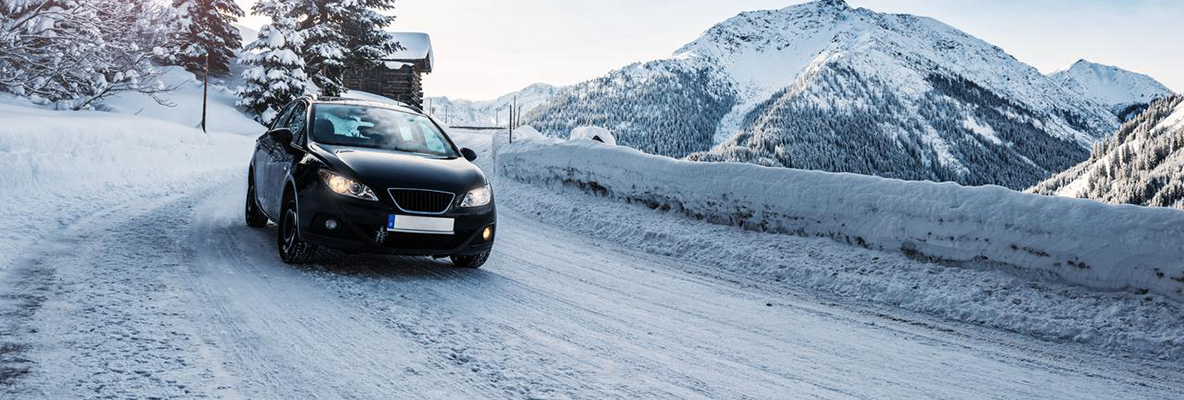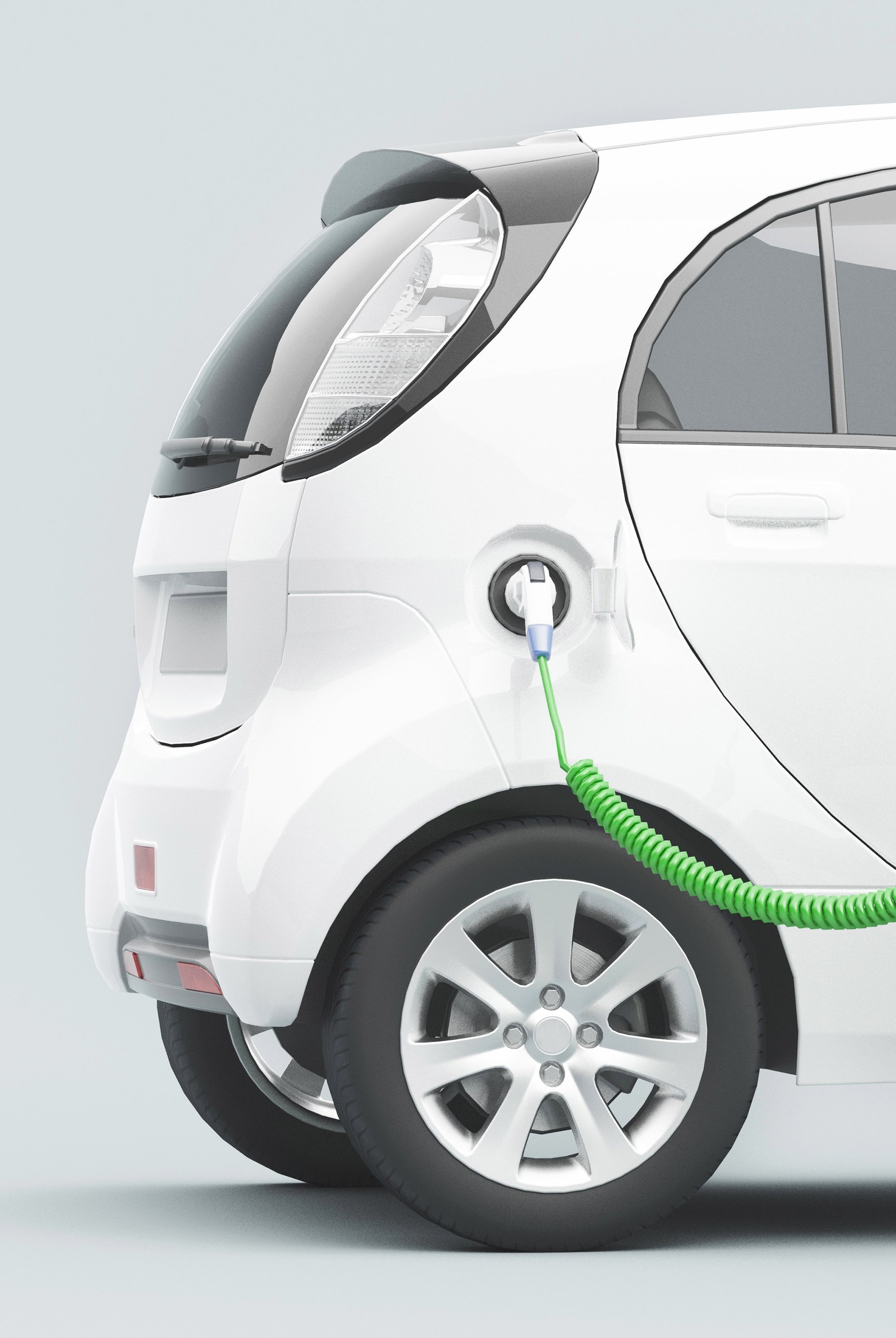Driving in such conditions is risky and it is best to be avoided. Yes, you hear it every time in the weather forecast and we remind you again – if you can save yourself the trip, do it. This will ensure your safety. Take public transport or just stay home if your work and commitments allow it. If you still don’t have a choice, there are a few things you can do in terms of safety.
Top tips for driving in the snow
by Iva Todorova
Winter still reminds us of itself and it is good to remember the skills and precautions needed to drive safely in winter.

Good preparation
In case you decide to go on a winter vacation by car, it is best to be prepared for any situation.• Prepare a bag with essentials. It should include food, water, warm clothes, a flashlight, a charged mobile phone, a shovel, an ice scraper.
Lights
It is now mandatory in our country to drive with passing beam 24 hours a day throughout the year.
Remember that you should not use fog lamps unless visibility is extremely limited, as there is a risk of blinding other road users. Fog lights are generally used when the visibility is below 100 m. You can decide if you need them if you cannot see the car lights in front of you within that distance. Otherwise, do not use them.
Remember that you should not use fog lamps unless visibility is extremely limited, as there is a risk of blinding other road users. Fog lights are generally used when the visibility is below 100 m. You can decide if you need them if you cannot see the car lights in front of you within that distance. Otherwise, do not use them.
Distance
In icy areas, the distance between cars should be increased, as stopping in such conditions can take up to ten times longer. Therefore, it is good to increase the distance between you and the car in front of you. If the road is icy, the rule is to be about 20 seconds from the car in front of you. This will give you time to react in the event of a sudden stop of the car in front of you.
Driving
Driving in such conditions requires not only keeping a distance, but also a change in driving style. To begin with, every action should be performed as slowly as possible – from turning to applying the brake. Abrupt movements will only reduce the grip of the tires on the road and create conditions for accidents. Keep the engine low and do not change gears at the last second. If you drive a car with automatic transmission, check whether there is a low speed mode. This can be indicated by a snowflake symbol or by an “L” button near the gear lever. Avoid using Sport mode in such conditions.
Slippery road
For starters, it is a good idea to test the brakes to get an idea of how slippery the road is. To do this, you need to choose a straight road away from intersections and make sure there is no one behind you.
It is also recommended that you do not turn up your radio’s volume too much in such conditions. A sound may be the first signal that you have come across a slippery area. If this happens, immediately remove your foot from the accelerator pedal so that the speed drops by itself and you regain control of the car faster. Avoid applying the brakes abruptly.
It is also recommended that you do not turn up your radio’s volume too much in such conditions. A sound may be the first signal that you have come across a slippery area. If this happens, immediately remove your foot from the accelerator pedal so that the speed drops by itself and you regain control of the car faster. Avoid applying the brakes abruptly.
The road and the surroundings
As you approach a turn, allow yourself enough time to slow down so that you can enter it at a constant speed. This will not only prevent the car from rotating, but will also give you time to react. And if someone is driving close behind you or is in a hurry, it is better to give them the opportunity to overtake you than to try to drive away.
It’s time to go! Drive carefully and responsibly, following the tips above, and you will have yourself an endless winter fairy tale! We wish you a safe trip! 😉
Suggested products
Do you need help?
We provide insurance protection for major events in your life.



